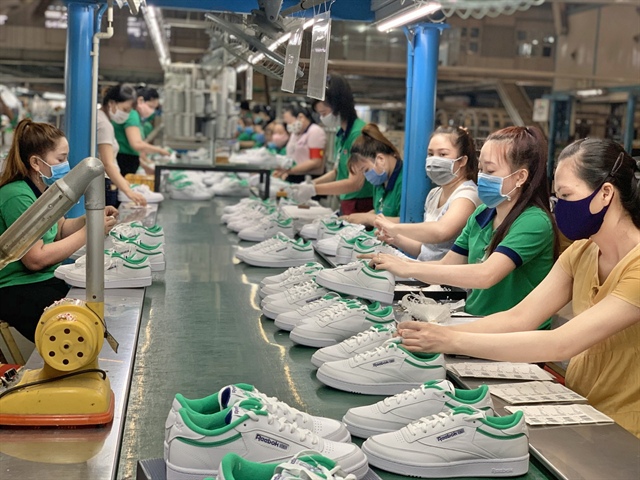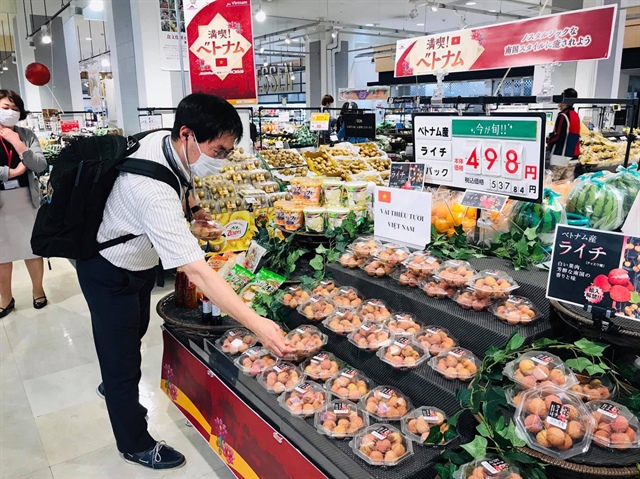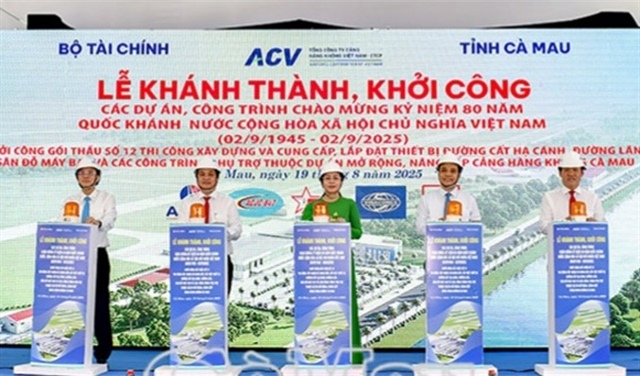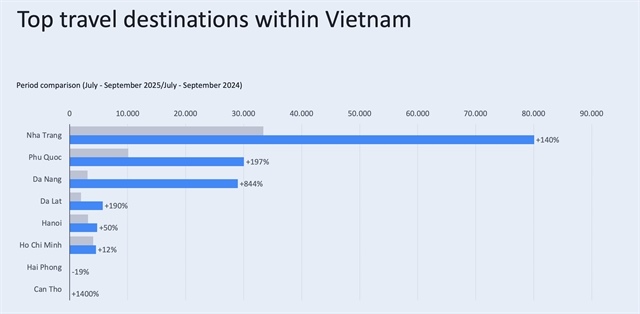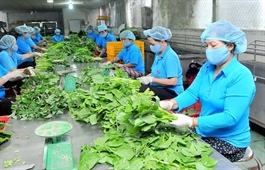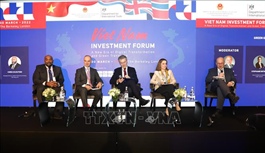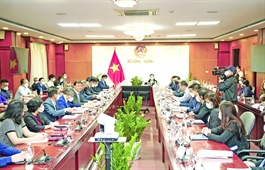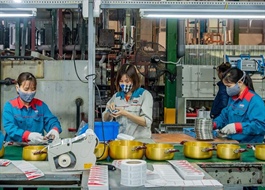Vietnam seeks ways to enhance trade deal effectiveness
Vietnam seeks ways to enhance trade deal effectiveness
Domestic companies are adapting to commitments of Vietnam’s free trade agreements (FTAs), especially new-generation ones. Along with their own efforts, they need state support to make the most of opportunities offered by these FTAs.
Growing competition
In the context of policy changes in the region and the world, effective FTAs have increased non-tariff barriers, creating challenges for Vietnamese exporters.
|
The Regional Comprehensive Economic Partnership (RCEP) in effect since January 1, 2022 opens opportunities to boost Vietnam’s trade and investment exchange with ASEAN member states and its five partners - Australia, New Zealand, Japan, China and the Republic of Korea (RoK). However, according to Luong Hoang Thai, Director of the Multilateral Trade Policy Department of the Ministry of Industry and Trade, the similarity in economic structure between Vietnam and other RCEP member countries is a challenge to effective implementation of the agreement. In this sense, the RCEP differs from other new-generation FTAs, such as the Comprehensive and Progressive Agreement for Trans-Pacific Partnership (CPTPP), which feature complementary member economies.
RCEP member countries are Vietnam’s traditional markets with which it has a major trade deficit for various reasons. For example, Vietnam imports large quantities of materials and machinery from the RoK. “In some aspect, the trade decifit contributes to Vietnam’s development. But if the trade deficit is too high and long-term, it will lead to certain risks,” Thai said.
The EU-Vietnam Free Trade Agreement (EVFTA) in effect since August 1, 2020 has helped Vietnam increase exports to the EU market. However, the EU market has very strict requirements, especially in terms of food safety. Moreover, the EU is negotiating trade agreements with other countries in the region, placing pressure on Vietnamese farmers and exporters to create higher quality, competitive products.
Meanwhile, while the UK-Vietnam Free Trade Agreement (UKVFTA) benefits Vietnam, it also serves the British government’s “Global Britain” export promotion strategy. Nguyen Canh Cuong, Minister Counselor at the Vietnam Trade Office in the UK and Ireland, said the UK is accelerating trade negotiations with 19 countries or alliances of nations, among them the CPTPP, which will mean additional competition for Vietnamese goods in the UK market.
|
The advantage of precedents
With 15 FTAs already in effect, experts say Vietnamese companies should take advantage of successful precedents to carve out niches in partner markets. In the opinion of Nguyen Canh Cuong, to make the most of opportunities from the UKVFTA, businesses should reorganize production according to British and European standards while at the same time building and developing partnerships with major distributors such as Tesco, Sainburry, Whole Foods, Waitrosse, Mark & Spencers, Liddle, Cosco, Aldi, Strada, and Westmill. “Notably, businesses should use suitable preservation technology and transport agricultural products by sea; take advantage of preferential credit policies and effectively use the customer trust assessment service of British banks,” Cuong said.
Luong Hoang Thai said that the RCEP provides opportunities but also creates a fiercer competitive environment, requiring businesses to take the initiative in seeking and approaching customers.
“For their part, state authorities should provide businesses with guidance on how to take advantage of FTAs to promote exports to potential markets,” Thai added.
| In 2021, thanks to the EVFTA, Vietnam’s exports to the EU reached US$45.8 billion, a year-on-year increase of 14.2 percent; the UKVFTA also contributed significantly to bilateral trade of nearly US$6.6 billion between Vietnam and the UK, while Vietnam’s exports to CPTPP member countries, Canada and Mexico, grew 19.5 percent and 46.1 percent, respectively. |


